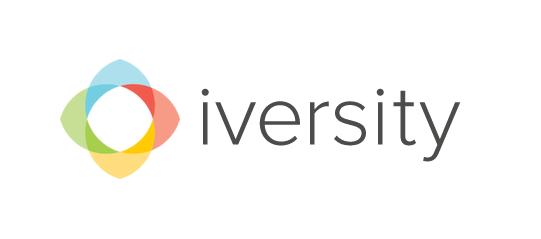

Help out Martina!


Imagine Martina, a junior but enthusiastic project manager in her company’s marketing department. She was recently promoted to Senior Marketing Manager and Team Lead, supervising 3 other staff members she was previously colleagues with. Even though Martina is quite enthusiastic about her new position, she is also anxious about all the paperwork and new responsibilities. After the first few months, she is swamped with work, feeling shy to delegate and struggling to juggle her old tasks as a project manager on top of now reporting to management.
Martina’s boss feels she now needs to learn management and team leading skills, so she approaches her about getting trained. In order for the training to be effective, we need to identify her possible knowledge gaps and desired skills.
So think about what you want Martina to learn. How can you assess this and how do you want her to learn?
Start with the learning objective and design her training backwards. If you prefer to do this by hand, download the worksheet below.
1) What do you want/expect Martina to learn?
Formulate learning objectives and standards: What should Martina know, understand and be able to do by the end?
2) How will you know and make sure that Martina has learned it?
Determine assessment and impact measurement: How can Martina show what she has learned? What should she be able to demonstrate?
3) What learning experience do you want Martina to have?
Design instructions and decide on learning activities and content forms:
How do you want Martina to learn?
Real-world demands
From the provided information, what Martina should be able to do by the end of this learning process is:
To choose and use effective tools for managing projects: mapping key activities, identifying resources, identifying risks and putting in place follow-up actions.
Communication skills with their their peers and employees: manage-up skills (i.e. reports), manage.out skills (teamwork) and manage-down skills (i.e. team building skills).
Manage-in: dealing with the natural stress after her promotion.
Evidences from the describen learning objectives might be:
A personal journal of one of the projects managed by Martina: self-reflections about the learnings and lessons she could take from the first projecs she will manage
Non-participant observation and comments about their daily interactions with their peers and employees. Provide feedback throughtout the process, at least during the first two or three months
Learning experiences:
- An online or face-to-face course on project management
- Model the model: invite Martina to other teams´ meeting to learn how to build effective communication and team work skills
- Mentoring from a senior manager in the company
The programa demands Martina´s boss to be highly involved, articulating these initiatives and inviting Martina to regulary talk about her progress and challenges.
